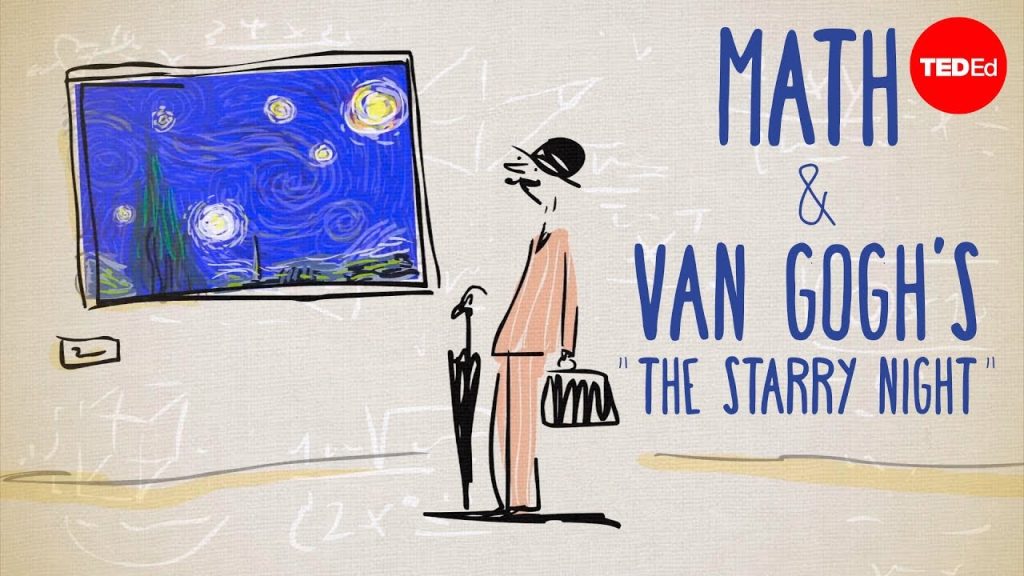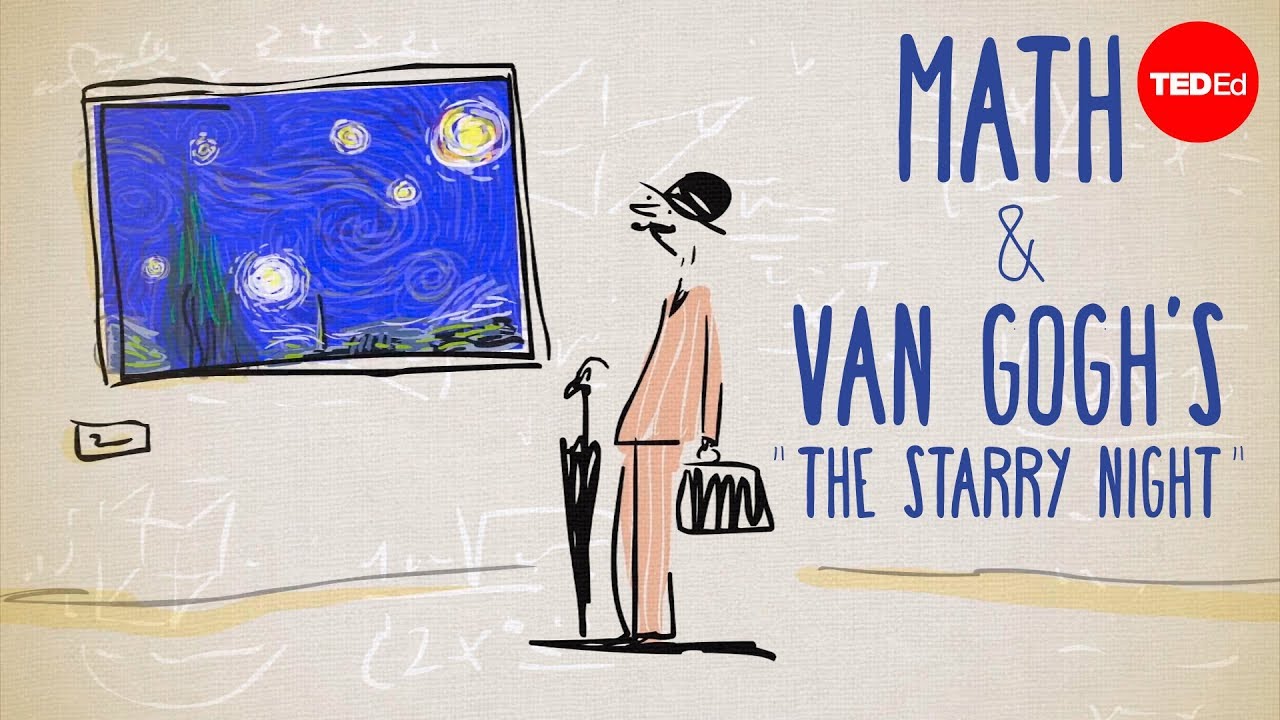
“The Starry Night Exhibits Physical Phenomena That Were Later Discovered by Science”

## The Hidden Turbulence in Vincent van Gogh’s “The Starry Night”
Vincent van Gogh’s *The Starry Night* is one of the most famous masterpieces in art history, recognized for its mesmerizing swirling night sky. But recent research from physicists reveals that van Gogh captured more than artistic beauty—his strokes align with the complex laws of fluid dynamics, specifically those related to atmospheric turbulence.
### What is Turbulence?
Turbulence, in physics, refers to chaotic, irregular flow in a fluid (like air or water). It manifests as swirling motions at different scales, from large eddies (spinning flows) down to smaller and smaller structures, a phenomenon described by the **Richardson-Kolmogorov Cascade Theory**. According to this theory, energy from motion in larger eddies cascades down the flow hierarchy, transferring to smaller scales in a predictable pattern.
### The Scientific Breakdown of *The Starry Night*
In an unexpected marriage between art and physics, a team of researchers from China and France analyzed *The Starry Night* using advanced computational methods. Their objective was to see if van Gogh’s swirling patterns matched the patterns found in turbulent systems in nature, like those occurring in cloud formations or ocean currents.
The study, published in the journal *Physics of Fluids*, focused on the signature whirling sky of the painting. What they discovered is nothing short of remarkable—van Gogh’s brushstrokes not only resemble swirling vortices seen in turbulent flows but also align with established concepts in turbulence theories.
### Kolmogorov’s Power Law in Van Gogh’s Art
The key to the study lies in **Kolmogorov’s −5/3 Power Law**, part of the Richardson-Kolmogorov Cascade picture, which describes how larger turbulent eddies transfer energy to smaller ones in predictable ways. By analyzing the shapes and luminance (brightness) of van Gogh’s brushstrokes, the researchers found that they followed a similar pattern: larger swirls progressively transferring visual “energy” to smaller ones, exactly as in Kolmogorov’s theoretical model.
Historically, Kolmogorov’s research was published in **1941**, 52 years after van Gogh painted *The Starry Night* in **1889**, meaning the artist intuitively captured a phenomenon not yet understood by science. Van Gogh, through careful observation of nature, managed to replicate complex turbulent systems, doing with paint what mathematicians and physicists would later capture in equations.
### Batchelor’s Law
The study also identified the presence of **Batchelor’s Law** in the painting—a rule that expands upon Kolmogorov’s work. This law describes how eddies interact when moving from larger scales to microscopic levels. Once again, van Gogh’s swirls perfectly fit into this pattern, suggesting that his artistic interpretation of the night sky’s dynamics aligns closely with real-world chaos and flow principles.
As **Adam Frank**, an astrophysicist who analyzed the study, explained to **NBC News**, van Gogh was capturing the kind of “sublime intricacies” in turbulent flows that were only later formalized in mathematical terms.
### Van Gogh: More than an Artist?
It’s important to note that van Gogh did not have formal training in science, especially in the field of fluid dynamics. Instead, his extraordinary talent for observation and visualization enabled him to paint nature in ways that parallel scientific laws. Many have long considered him a visionary artist whose unique perception of the world set him apart, and now it seems that his genius transcends aesthetics, tapping into natural laws of physics that scientists have spent decades trying to understand.
### The Intersection of Art and Science
This study showcases another amazing facet of interdisciplinary research—where art meets science in a profound way. It highlights that art, in its most sublime form, can capture the complexities of the natural world in ways that reveal deeper truths. By exploring how van Gogh’s brushstrokes map onto turbulent eddies, the researchers have uncovered yet another layer of intricacy in this iconic painting, transforming our understanding of it from a purely visual experience to one grounded in the principles of chaos and order in the universe.
### Implications for Other Works
Though this study focuses specifically on *The Starry Night*, it raises interesting questions about other works by van Gogh and artists of his period. Were van Gogh’s other swirling, chaotic compositions informed by his same innate understanding of turbulence? Could other artists from various movements, like the Impressionists or even abstract painters, unconsciously observe and reproduce natural phenomena before science could explain them?
As the study points out, van Gogh’s unusual ability to paint scenes like moving water, turbulent air, and shifting clouds in ways that mathematically correspond to fluid dynamics adds another dimension to his legacy—not as just a post-Impressionist painter, but perhaps as an unintentional scientist of natural motion.
### A Universe within a Painting
Van Gogh’s vision of the night